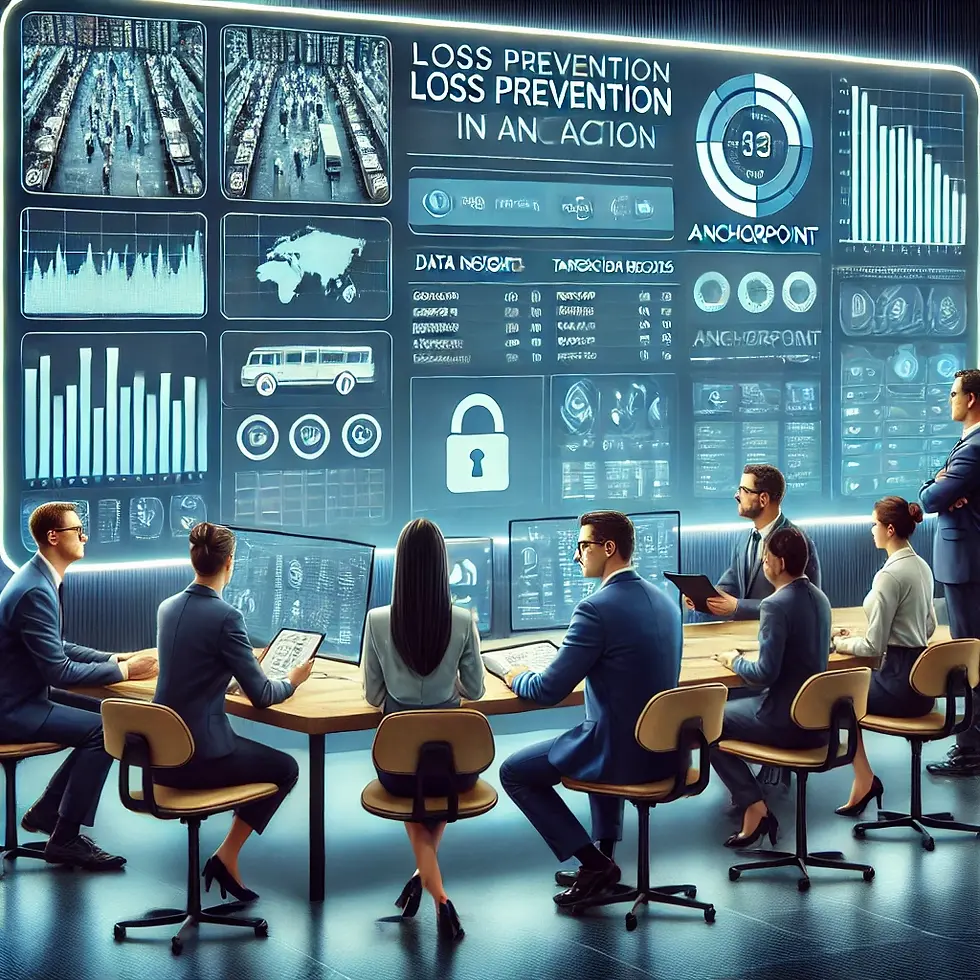The Future of Video Analytics: What AI Will Really Detect in the Next Two Years
- Sep 28, 2024
- 3 min read
In the AI-driven world of today, video systems are becoming sharper, smarter, and frankly, pretty nosy. With promises of “seeing everything,” it’s easy to imagine a world where our video systems have superhero-level detection powers. But what will they realistically detect in the next two years? Let’s take a pragmatic (and slightly humorous) look at what the next generation of AI-powered video can do for you.

1. Foot Traffic Finessing
You might have heard the classic tale: AI video analytics can count people in a space. But now, it’s about how they walk through it! In the next two years, video systems will be able to not only count foot traffic but also analyze movement patterns in detail. Did they linger by the latest product display or make a beeline for the sale rack? This tech will help businesses understand customer engagement down to the aisle.
2. Queue Monitoring & “Patience Prediction”
Gone are the days of ambiguous waiting times! AI will soon be able to detect not only how many people are waiting in line but also gauge their body language for signs of frustration. Those crossed arms? A high patience alert! In the next two years, video systems will evolve from tracking queues to predicting when intervention is needed—alerting staff if a line’s too long or tensions seem high.
3. Mask or…Just Shy? New Frontiers in Face Detection
Facial detection has made leaps in the last decade, but AI will get even more discerning in recognizing masks, hats, or even “intense introverts” hiding behind a hoodie. This is especially relevant in retail and hospitality, where knowing whether someone is just browsing, avoiding eye contact, or actively trying to stay unnoticed will become an important part of understanding customer experience.
4. Shelving Smarts
Inventory management has long been a game of “find it, stock it, sell it.” AI video analytics will elevate this with real-time monitoring of shelf stock and even product positioning. In the coming years, expect video systems that can tell if items have been mis-shelved, shifted from the hot zones, or worse, are dwindling low in stock. Say goodbye to late-night stock checks!
5. Beyond Footage: Detecting “Vibes” (Yes, Really)
Okay, maybe not exactly vibes—but close! AI systems are advancing in mood analysis, capable of discerning the general “energy” of a space based on customer body language, density, and speed. Imagine an AI detecting if your space is relaxed and welcoming, or if something’s off and people seem hurried. In two years, expect video systems to report on the “vibe” of a room, helping you adjust music, lighting, or staff approaches in real time.
6. Spotting the “Lost” Look
Think AI can only track criminal behavior? In the next two years, it’ll have a heart (sort of). AI video will soon spot people who appear disoriented or confused in places like airports or large retail spaces, helping staff proactively assist them. This tech will make a significant impact on customer service, enabling real-time responses for a better experience.
7. Environmental Adaptation
Smart video analytics are evolving to be more than passive observers—they’ll adapt based on environmental factors. Soon, cameras will automatically adjust detection algorithms based on weather changes, lighting, or even seasonal variations. That means fewer “false alarms” when raincoats and umbrellas skew customer counts, for example, and better analytics all around.
8. Employee Productivity with a Dash of Privacy
AI will also enter the realm of employee productivity in a way that respects privacy. Instead of being the eye in the sky, future video analytics can provide data that’s more objective and anonymized. They can monitor general staff engagement levels and customer-employee interaction frequency without singling anyone out.
The future of AI-powered video detection is filled with possibilities, but it’s important to keep our expectations grounded. While we won’t have AI reading minds (yet), we can expect technology that reads context far better. And here at AnchorPoint, we’re ready to guide our clients into this AI-enabled future—no rose-colored glasses necessary! After all, great insights aren’t about sci-fi; they’re about making smart, practical improvements to help businesses thrive.
Stay tuned. The next two years are going to bring a whole new way of seeing things.




Comments